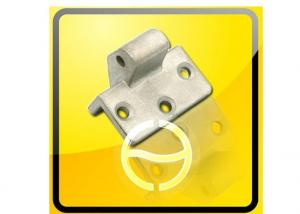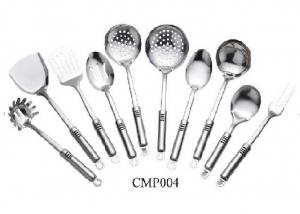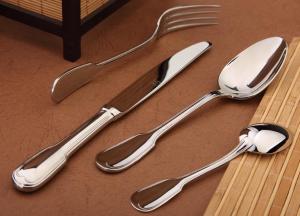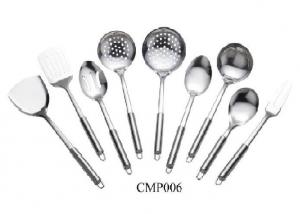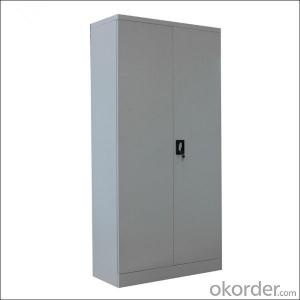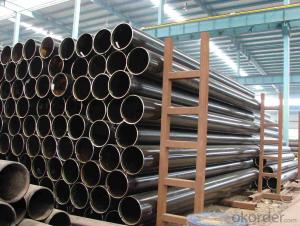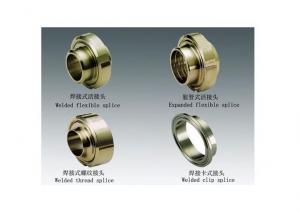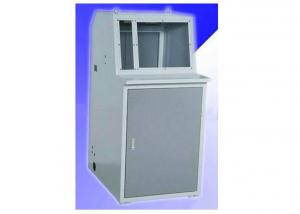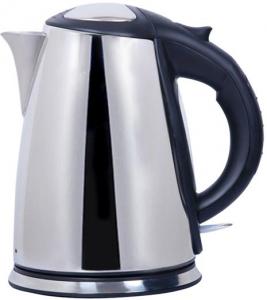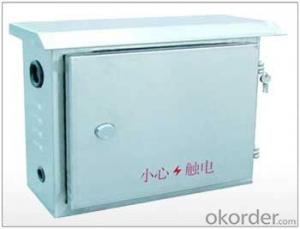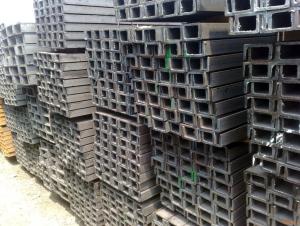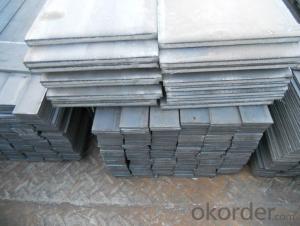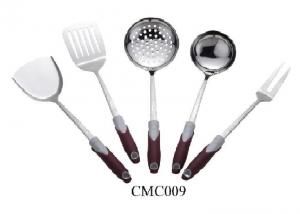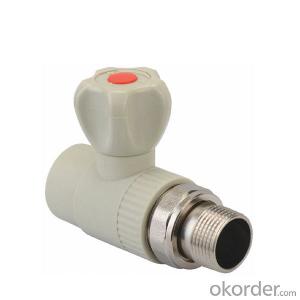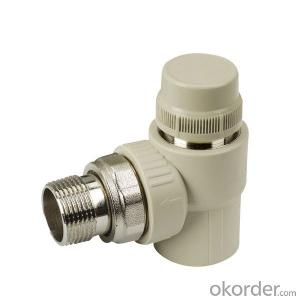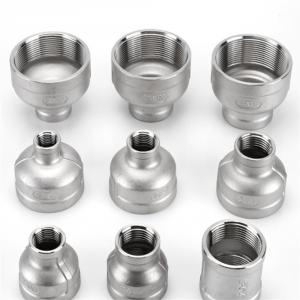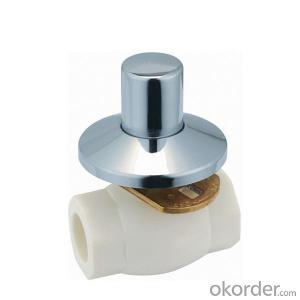Stainless Steel Cabinets Industrial
Stainless Steel Cabinets Industrial Related Searches
Stainless Steel Kitchens Stainless Steel Shelves Stainless Steel Storage Stainless Steel Enclosures Stainless Steel Kitchen Shelves Stainless Steel Fabrications Stainless Steel Shelves Kitchen Stainless Steel Baskets Stainless Steel Boxes Stainless Steel Furniture Stainless Steel Canisters Stainless Steel Apliances Stainless Steel Tool Boxes Stainless Steel Counter Stools Stainless Steel Shelving Canisters Stainless Steel Stainless Steel Sets Stainless Steel Racks Shelves Stainless Steel Stainless Steel Racking Canister Sets Stainless Steel Stainless Steel Food Storage Stainless Steel Tanks Stainless Steel Hardware Shelving Stainless Steel Stainless Steel Toolboxes Industrial Stainless Steel Cleaner Kitchen Shelves Stainless Steel Kitchen Stainless Steel Stainless Steel Wall ShelvesStainless Steel Cabinets Industrial Supplier & Manufacturer from China
Stainless Steel Cabinets Industrial are robust and durable storage solutions designed for various industries, including food processing, pharmaceuticals, and laboratories. These cabinets are crafted from high-quality stainless steel, ensuring resistance to corrosion, wear, and tear, making them ideal for environments where hygiene and cleanliness are paramount. They are available in a range of sizes and configurations, allowing for versatile use in different settings.These industrial stainless steel cabinets are widely used in various applications, such as storing chemicals, equipment, and tools in a safe and organized manner. Their seamless design and easy-to-clean surfaces make them perfect for maintaining a sterile environment in medical facilities and food processing plants. Additionally, they are resistant to impacts and can withstand the rigors of daily industrial use, ensuring long-lasting performance.
Okorder.com is a leading wholesale supplier of Stainless Steel Cabinets Industrial, offering a vast inventory to cater to the diverse needs of customers. With a commitment to quality and customer satisfaction, Okorder.com ensures that each cabinet is manufactured to the highest standards, providing reliable and efficient storage solutions for industries worldwide.
Hot Products
